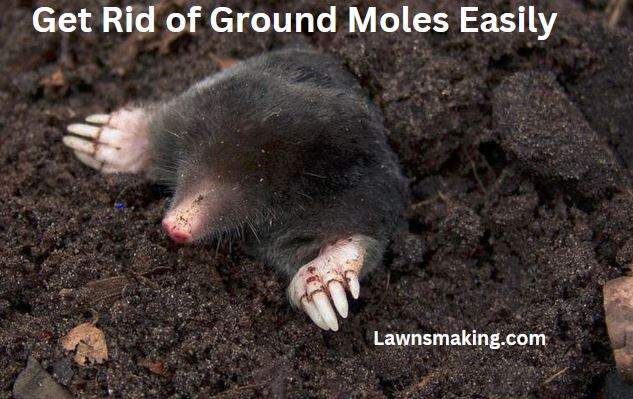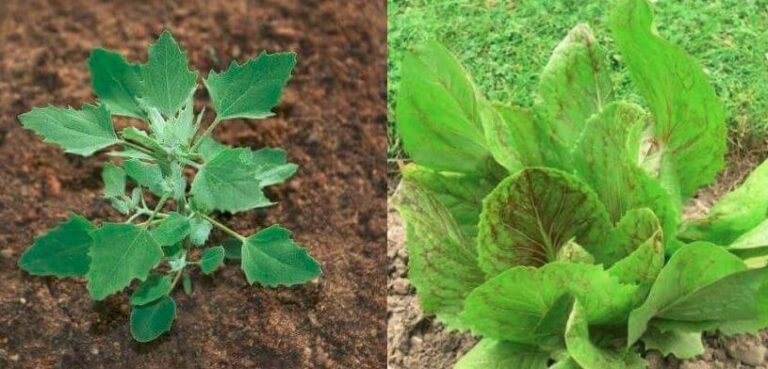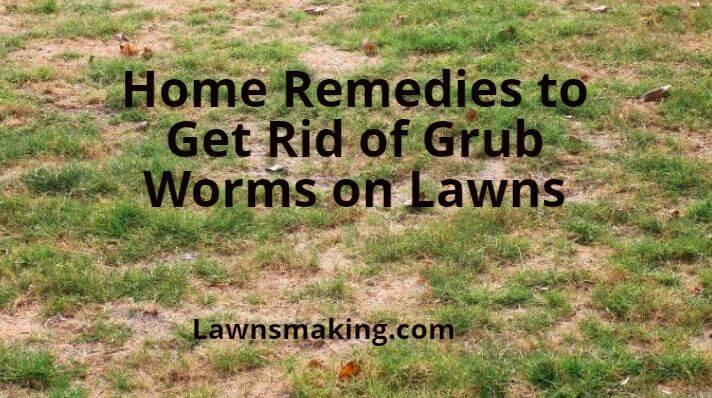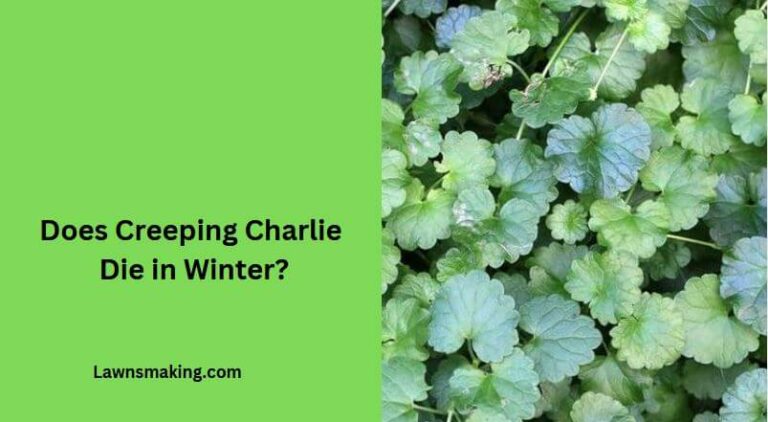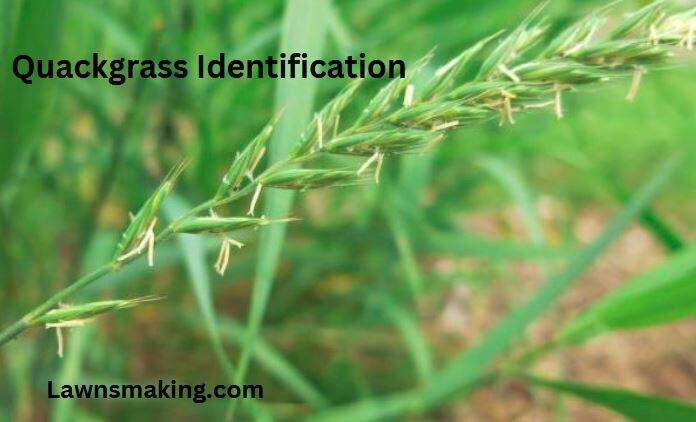
Are you struggling with crabgrass infestation and looking for a natural way to remove it permanently? Learn how to kill crabgrass with baking soda before it gets out of hand and takes over your lawn. Baking soda is a safe, affordable, and readily available household treatment.
Killing crabgrass with baking soda involves soaking the infested area with water and sprinkling baking soda. The crabgrass will wilt and die several hours later, after which it should be uprooted. Reseeding the empty patches will encourage a healthy lawn.
In this article, I’ll tell you all you need to know about this home remedy in crabgrass control. Keep reading to learn the treatment procedure and precautions and how to care for your lawn after crabgrass removal.
How to Kill Crabgrass With Baking Soda

Crabgrass is a headache for most gardeners because it reproduces and spreads too rapidly.
A single plant can produce thousands of seeds, and once established, they can endure extreme weather conditions.
Crabgrass can take over your lawn quickly and damage it if you fail to take the necessary steps to manage it.
Here’s how to kill crabgrass with baking soda.
Requirements:
- Sprinkler/ gardening hose/ watering can
- Baking soda
- A temporary protective covering, such as a cardboard, fabric, or burlap
- Weed removal tool
1. Cover the Nearby Plants
You’ll want to begin treatment by protecting the surrounding grass and plants.
Baking soda is a non-selective weedkiller; it can damage your desired plants once it comes into contact with them.
For this reason, cover the vegetation neighboring the crabgrass with a protective material such as burlap, cardboard, or fabric.
Find Out: How Long Does It Take for Salt to Kill Weeds on a Lawn?
2. Soak the Crabgrass Patch
The next step is watering the infested area.
Soaking allows the baking soda to stick easily to the grass foliage, improving the treatment’s effectiveness.
You can achieve this using a sprinkler, gardening hose, or a watering can.
Alternatively, you can apply the treatment early in the morning when the grass is still moist with dew. In this case, forgo this step.
Related: How to Kill Weeds With Boiling Water and Salt
3. Sprinkle Baking Soda on Crabgrass and Let It Sit
After safely tucking your beloved plants underneath a protective covering and soaking the infested area, it’s time for the treatment.
Apply a substantial amount of baking soda onto the damp area, ensuring it completely coats the weed. You might need to conduct multiple applications depending on the severity of the infestation.
Then, allow enough time for the baking soda to sit and act on the weed. It can take several hours up to a day to see changes.
Check for wilting and discoloration of leaves. These signs confirm that your treatment is working and the weed is dying. You should also observe stunted growth a few days after the treatment.
4. Uproot and Discard the Crabgrass
Once the crabgrass dies, it’s time for removal.
You can remove crabgrass by hand-pulling, using a garden shovel, or weed-removal equipment.
It is essential to uproot the entire plant from the ground. Otherwise, it will begin sprouting again. Crabgrass has rhizomes that penetrate deep inside the ground and produce new grass if not removed.
Safely dispose of the crabgrass remains by stuffing them into a garbage bag and discarding them with your trash.
Important Note: You may have to repeat the treatment process several times. Consider reapplying baking soda if you notice crabgrass sprouting again, then follow it up by uprooting the whole plant.
If the treatment process still proves unsuccessful, try a different natural weedkiller, such as salt, vinegar, or boiling water.
Safety Precautions When Using Baking Soda on Your Lawn
Besides covering surrounding plants when applying baking soda on crabgrass, here are other precautions to take.
- Conduct a patch test first to find the right concentration of baking soda to use before proceeding with the treatment.
- Water the neighboring vegetation generously after treatment to wash off any spillage.
- Limit the use of baking soda in weed control. High concentrations can lead to build-up and damage of soil and desired plants.
- Resist using baking soda on saline soils.
Lawn Care After Crabgrass Removal
For two reasons, you’ll want to fix up unsightly bare spots and holes on your lawn once you uproot the crabgrass.
- The bare patches damage the aesthetics of your gorgeous lawn and lush green grass.
- Vacant spaces encourage the growth of weeds.
Cultivating turfgrass in these empty spaces will help prevent weed problems and promote healthy lawn growth. You can achieve this by:
- Reseeding
- Planting grass plugs
Here’s how to go about reseeding your lawn.
Step 1: Aerate the soil by breaking it up with a garden cultivator, trowel, or hard-toothed rake.
Step 2: Add a 3-inch layer of topsoil and evenly spread it on your lawn. You can use loamy soil or organic compost as topsoil.
Step 3: Evenly spread the grass seeds across the vacant areas, ensuring they don’t pile up.
Step 4: Water the area to moisten it and encourage germination.
You’ll want to water the area regularly to prevent desiccation of the germinating seeds.
Check for soil moisture by observing and feeling the top inch with your fingers. If the soil appears dry and light brown and suddenly crumbles into a floury powder, it needs hydration.
Also, consider covering the seeded area lightly with wheat straw to maintain hydration and protect it from wind and birds.
Expect grass sprouts one to three weeks after reseeding.
Begin mowing your lawn to a standard height of 3 inches once the new patch of turfgrass has matured and established. This should be about seven weeks after reseeding or four weeks after the first grass sprouts.
Frequently Asked Questions (FAQs)
How Does Baking Soda Kill Crabgrass?
Baking soda kills crabgrass and other plants by dehydrating them, thanks to its salinity. Sprinkling baking soda or spraying its solution on a plant will cause the cells to lose water by osmosis, forcing it to wilt, dry, and die.
Can You Mix Baking Soda and Water to Kill Weeds?
You can mix baking soda and water to kill weeds. Dissolving baking soda in water increases absorption efficiency.
Add 1.5 cups of baking soda in a gallon of water, transfer the solution to a spray container, and proceed to treat your lawn.
Similarly, adding other household staples like lemon juice, vinegar, and apple cider will increase the treatment’s potency.
Does Baking Soda Kill Weeds Permanently?
Baking soda is a powerful weed killer and can kill weeds permanently.
However, this will depend on several factors, including the baking soda concentration, application procedure, and weed type. Baking soda works best on young, shallow-rooted weeds.
Apply the correct amount and treatment procedure, and you’ll be happy with the results.
Final Words
Outplay notorious weeds and crabgrass using baking soda as an organic weedkiller. It is cheap, readily available, and simple to use.
Remember to use the correct treatment procedure and take the necessary precautions, as illustrated in this article.
Also, remember to patch the bare spots by cultivating new grass.
Regular watering and correct mowing will give rise to a healthy, dense, lush green lawn.
